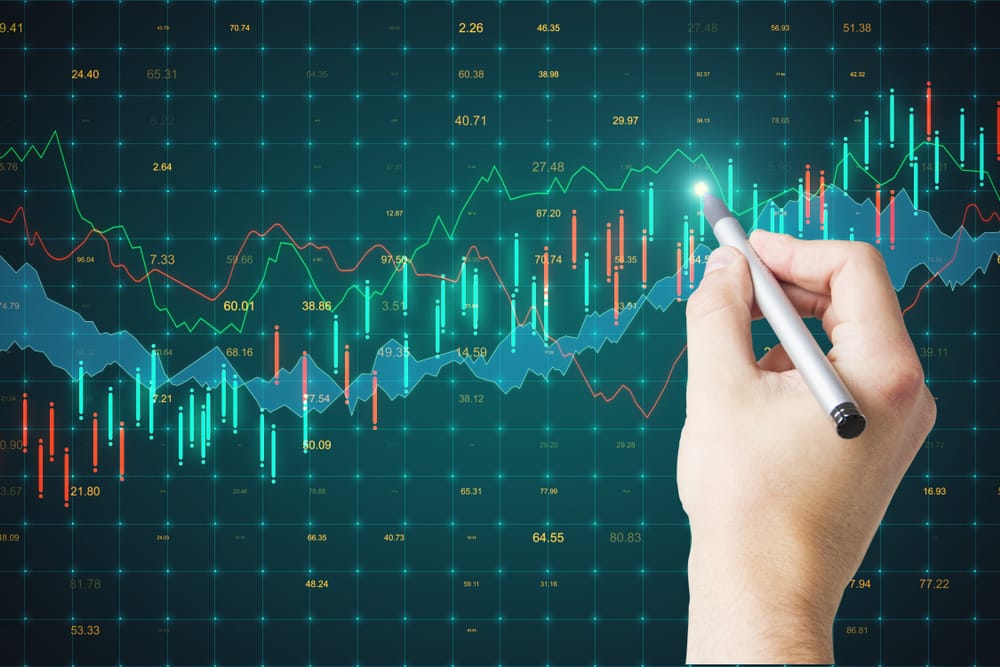Index 1913=100, Monthly, Not Seasonally Adjusted
This dataset tracks index 1913=100, monthly, not seasonally adjusted over time.
Latest Value
122.00
Year-over-Year Change
4.63%
Date Range
4/1/1887 - 3/1/1935
Summary
This economic indicator measures the monthly, not seasonally adjusted index of consumer prices in London, United Kingdom. It is a key metric for assessing inflation and cost-of-living trends.
Analysis & Context
This economic indicator provides valuable insights into current market conditions and economic trends. The data is updated regularly by the Federal Reserve and represents one of the most reliable sources for economic analysis.
Understanding this metric helps economists, policymakers, and investors make informed decisions about economic conditions and future trends. The interactive chart above allows you to explore historical patterns and identify key trends over time.
About This Dataset
The London Consumer Price Index (1913=100) tracks changes in the general price level of consumer goods and services in London. This measure is widely used by economists, policymakers, and analysts to monitor inflationary pressures and inform economic decision-making.
Methodology
The data is collected through surveys of consumer expenditures and prices across a representative basket of goods and services.
Historical Context
The London CPI is a critical input for the Bank of England's monetary policy and inflation targeting objectives.
Key Facts
- The base year for the index is 1913.
- The index tracks price changes across over 700 consumer goods and services.
- London CPI is one of the longest-running inflation measures, dating back to the early 20th century.
FAQs
Q: What does this economic trend measure?
A: This indicator measures changes in the general price level of consumer goods and services in London, United Kingdom on a monthly basis.
Q: Why is this trend relevant for users or analysts?
A: The London CPI is a critical metric for assessing inflationary pressures and cost-of-living changes in the UK capital, informing economic policy and business decision-making.
Q: How is this data collected or calculated?
A: The data is collected through surveys of consumer expenditures and prices across a representative basket of goods and services in London.
Q: How is this trend used in economic policy?
A: The London CPI is a key input for the Bank of England's monetary policy and inflation targeting objectives.
Q: Are there update delays or limitations?
A: The London CPI data is released on a monthly basis with no significant publication delays.
Related News

U.S. S&P 500 Represents New Market Normal, Says BofA Analysis
S&P 500 Unveils 'New Normal' in U.S. Equity Markets The S&P 500evident in recent performance trends, which is a major index in the world of U.S. stocks, may now be signaling what Bank of America calls a 'new normal' in U.S. equity markets. Defining the 'New Normal' in the S&P 500 The 'new normal' represents a transformative phase where traditional valuation norms are shifting. Amidst high points and sustained growth in the S&P 500to be heavily influenced by changing valuation metrics, such a

US economic growth slows amid rising inflation concerns
US Economic Growth Slows Amid Inflation and Rising Interest Rates The US economy, a crucial indicator of its global standing, is facing a slow growth trajectory. Recent data suggest that inflationary pressures and rising interest rates are the chief culprits in this deceleration. With the Consumer Price Index reflecting heightened inflation and the Federal Reserve adjusting interest rates, the interplay of these factors raises significant concerns for economic stability. These developments furt

S&P 500 hits record as U.S. producer prices fall
S&P 500 Reaches Record High as U.S. Producer Prices Decline The S&P 500 reaching a record high suggests a notable moment in market history, particularly as the U.S. Producer Price Index (PPI) shows a downward trend. The link between the stock markets and producer prices demonstrates how interconnected these financial indicators can be. Falling PPI numbers might seem positive, yet they can signal underlying market changes. These shifts invite investors to recalibrate their approaches in response

US Fed rate cut depends on upcoming CPI inflation report
How the CPI Inflation Report Could Shape the Next Fed Rate Cut Decision The Consumer Price Index (CPI) inflation report plays a vital role in shaping U.S. economic policy, particularly concerning the Federal Reserve's decisions. As the primary measure of inflation for urban consumers, understanding CPI figures can steer expectations about potential rate cuts. This report influences a host of financial metrics including interest rates, US inflation, and the overall health of financial markets. A

U.S. Treasury yields fall after unexpected PPI decline
Exploring the Impact of Treasury Yields After an Unexpected PPI Decline Treasury yields have seen a noticeable decline following an unforeseen drop in the Producer Price Index (PPI), which signals a shift in economic expectations. Treasury yields, reflecting the return on investment for U.S. government bonds, serve as key indicators of economic health. An unexpected decline in the PPI, a measure of wholesale inflation, has led to immediate implications on these yields. This also puts the spotli

U.S. Stock Futures Stagnant Despite Positive Jobless Claims and GDP
Why US Stock Futures Remain Stagnant Despite Positive Economic Indicators The current investment landscape is puzzling for many as US stock futures struggle to show a definite trend despite favorable economic signals. These signals, such as jobless claims and Q2 GDP figures, suggest a healthy economy. Given the roles of the stock market and the Federal Reserve's decisions on rate hikes, it is surprising to witness this stagnation. Inflation trends and the Fed's signals about future policies pla
Related Trends
Consumer Price Index for All Urban Consumers: All Items in U.S. City Average
CPIAUCNS
Capacity Utilization: Total Index
TCU
Commercial and Industrial Loans, All Commercial Banks
TOTCI
Share of Foreign Born in Home Owners Loan Corporation (HOLC) Neighborhood A
RLMSHFBHOLCNA
Home Ownership Rate in Home Owners Loan Corporation (HOLC) Neighborhood C
RLMSHHORHOLCNC
Share of Foreign Born in Home Owners Loan Corporation (HOLC) Neighborhood C
RLMSHFBHOLCNC
Citation
U.S. Federal Reserve, Index 1913=100, Monthly, Not Seasonally Adjusted (M11018GB00LONM324NNBR), retrieved from FRED.